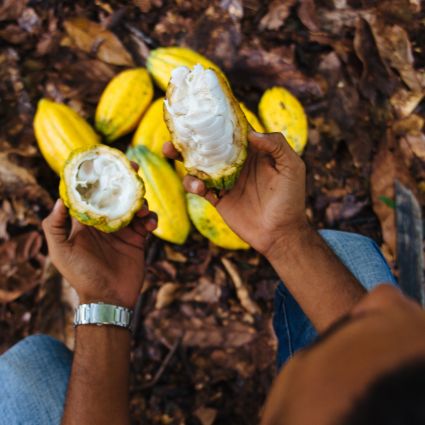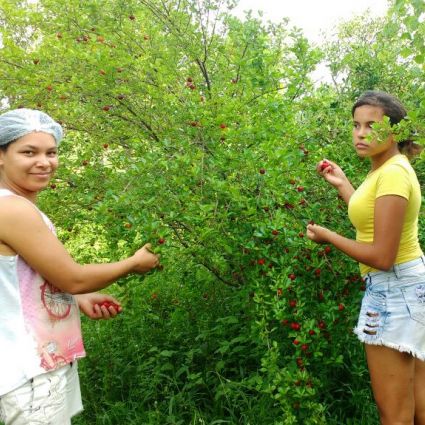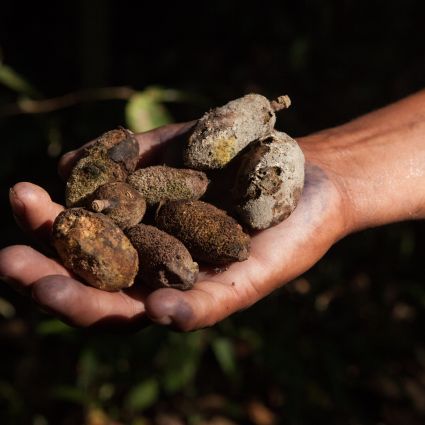The research carried out by Imaflora, through the Florestas de Valor Program, evaluated that the silvopastoral systems and the enrichment of organic agriculture may reduce the emission of greenhouse gas emissions per hectare by nearly 66%.
In order to investigate emissions and removal of greenhouse gases (GHG) by family agriculture, Imaflora carried out a study in order to obtain data from cocoa and livestock properties in the Amazon. The assessment was done in lands with family farms served by Florestas de Valor Program, which counts with the support from the Canadian Government, and is located in the municipality of São Félix do Xingu, in Pará State. It was identified that, with the improvement of extensive (degraded) pasture lands by means of the silvopastoral systems (10% of the initial area), and also the enrichment of the organic cocoa tree with shade trees, carbon sequestration taxes in the soil and on the surface biomass reduced the balance of greenhouse gases (GHG) per hectare by 66.19%, and by 28.17% per product (animal unit and almonds).
This study found, as mains results, the potential to reduce approximately 2.13 million tons of CO2 equivalent to (tCO2e) per year, and also increase cocoa production 50 times in this municipality, if Florestas de Valor Program is expanded to all areas with family farms in the municipality of São Félix do Xingu. This amount of emission and production could tackle nearly 1% of total GHG emission, or 6% in the farming sector in the State of Pará, and at the same time, increase about 50% the cocoa production in the country without decreasing livestock production.
Currently, Pará is the biggest GHG emitter when compared to other states in Brazil. São Félix do Xingu has one of the biggest cattle herds in the country, with 2.2 million heads allocated in 1.7 million hectares of pastures, which are potentially found in some level of degradation – since there is a stocking rate of approximately 1 animal unit per hectare. According to IBGE (Brazilian Institute of Geography and Statistics) data, nearly 18% of this pasture area, and 6% of the herds are found in the properties of family farms.
"Our experience in the region is showing that investments in technical assistance and support to local organizations make the removal of carbon possible, as well as provide many other benefits such as income generation and conservation of natural resources, such as the soil, forests and water", explains Eduardo Trevisan, Imaflora’s project manager.
The silvopastoril program, even having been implemented only in 10% of the total pasture area, provided for the increase of stocking rate by 120%. In this system, an intentional combination of trees, pasture and stocking is done in the same area, with the aim to increase productivity per unity of area, and also bring economic and environmental benefits. This program makes possible the production increase through integrated management of natural resources, preventing its degradation, in addition to recovering its productive capacity.
This way, Pará State and municipalities such as Félix do Xingu hold an important role to reach the national climate targets, and they may also benefit from policies and actions that foster the improvement in the efficiency of farming production systems, specially connected to family farming.



